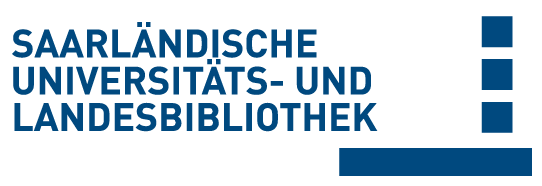Please use this identifier to cite or link to this item:
doi:10.22028/D291-22972 | Title: | Development of carbon nanotube-reinforced nickel matrix composites: processing, microstructure and physical properties |
| Author(s): | Suarez Vallejo, Sebastian |
| Language: | English |
| Year of Publication: | 2014 |
| SWD key words: | Verbundwerkstoff Nanostrukturiertes Material Kohlenstoff-Nanoröhre Pulvermetallurgie |
| Free key words: | carbon nanotubes composite materials microstructure |
| DDC notations: | 620 Engineering and machine engineering |
| Publikation type: | Dissertation |
| Abstract: | The present thesis is focused on the design of a processing route which would deliver a microstructurally tailored metal matrix composite. By controlling the final microstructure, the resulting physical properties can be predicted and therefore optimized for a certain application. Process parameters were optimized considering the CNT defect state after dispersion. Additionally, the microstructural evolution is analysed during sintering, considering the potential chemical interactions. It was observed that the CNTs act as microstructural controller due to boundary pinning, resulting in finer final microstructures for higher CNT concentrations up to 3.0 wt.% CNTs, concentration beyond which no further refinement is detected. This stagnation is a consequence of the CNT agglomeration due to the mass transport during sintering. The mechanical, thermomechanical, tribological and electrical characterization of the composites was performed with complementary techniques. The improvement of the mechanical properties is associated to a Hall-Petch effect. Thermomechanical behaviour shows a decrease in the coefficient of thermal expansion. The anchoring effect of the CNTs is the responsible for this reduction and three model mechanisms for the behaviour are proposed. Tribological behaviour showed reduced friction and wear loss in the composites. Finally, the influence of the CNT concentration and distribution are correlated to the improvement in the electrical conductivity. Die vorliegende Arbeit beschäftigt sich mit der Entwicklung einer Herstellungsroute, welche die Synthese mikrostrukturell maßgeschneiderter Metallmatrixkomposite erlaubt. Dies ermöglicht eine Vorhersage und Optimierung der sich einstellenden physikalischen Eigenschaften für bestimmte Anwendungsfälle. So wurden die Prozessparameter hinsichtlich des Defektzustandes von CNTs optimiert und die während des Sintervorganges potentiell möglichen chemischen Wechselwirkungen analysiert. CNTs fungieren durch Behinderung der Korngrenzbewegung als Steuerungselement für die Mikrostruktur. Mit steigender CNT-Konzentration (bis zu 3 Gew.-%) nimmt die Korngröße ab. Höhere CNT-Konzentrationen führen zu Agglomerationen aufgrund des Massentransportes während des Sintervorganges und tragen nicht mehr zum Kornfeinungseffekt bei. Eine mechanische, thermomechanische, tribologische und elektrische Charakterisierung der Komposite wurde mit komplementären Methoden durchgeführt. Die Verbesserung der mechanischen Eigenschaften kann mit dem Hall-Petch Effekt korreliert werden. Gleichzeitig wird eine Abnahme des Wärmeausdehnungskoeffizienten festgestellt, welche mit dem Verankerungseffekt der CNTs zusammenhängt und durch drei Modellansätze beschrieben wird. Die tribologischen Untersuchungen zeigen eine Verringerung des Reibkoeffizienten und des Verschleißes. Abschließend wird eine Verbesserung der elektrischen Leitfähigkeit auf den Einfluss von CNT-Konzentration und -Verteilung zurückgeführt. |
| Link to this record: | urn:nbn:de:bsz:291-scidok-58413 hdl:20.500.11880/23028 http://dx.doi.org/10.22028/D291-22972 |
| Advisor: | Mücklich, Frank |
| Date of oral examination: | 14-May-2014 |
| Date of registration: | 25-Jul-2014 |
| Faculty: | NT - Naturwissenschaftlich- Technische Fakultät |
| Department: | NT - Materialwissenschaft und Werkstofftechnik |
| Former Department: | bis SS 2016: Fachrichtung 8.4 - Werkstoffwissenschaften |
| Collections: | SciDok - Der Wissenschaftsserver der Universität des Saarlandes |
Files for this record:
| File | Description | Size | Format | |
|---|---|---|---|---|
| Dissertation_Suarez_2014.pdf | 7,78 MB | Adobe PDF | View/Open |
Items in SciDok are protected by copyright, with all rights reserved, unless otherwise indicated.

